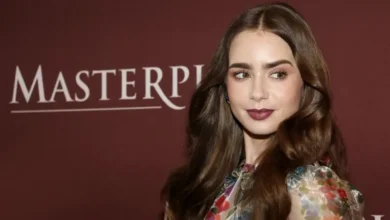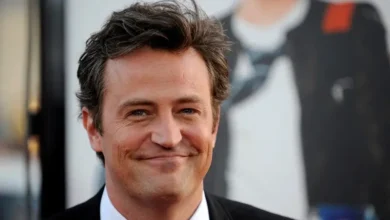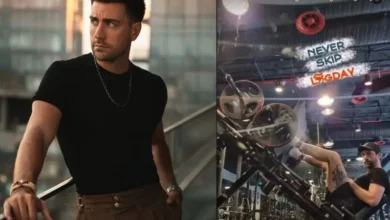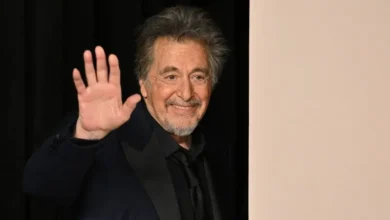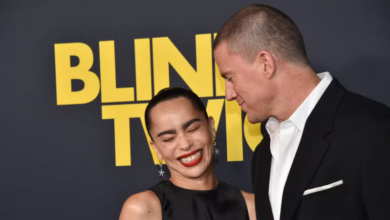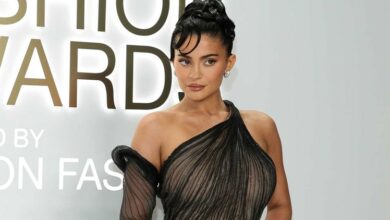Hollywood needs diversity behind the camera as well
Tania Bhattacharya

Tania Bhattacharya
Yet for all the talk and hashtags, the reality remains grim. Michelle Yeoh is the only non-white actor in the best actress category at the Academy Awards, and the Oscars are courting controversy for ignoring Viola Davis in The Woman King and Danielle Deadwyler in Till. The best actor category only includes white men, and the best director segment doesn’t feature any women or Black filmmakers.
In fact, things are getting worse. While there is at least significant media attention on the need to increase representation on screen, the numbers tell an even more sorry tale when it comes to diversity off screen.
A recent USC Annenberg study, which looked at the gender, race and ethnicity of directors behind the 100 highest-grossing movies of 2022, found only 9 percent were women, down from 12.7 percent in 2021. Only 20.7 percent of directors were Black, Asian, Hispanic, Latino or multiracial directors, down from 27.3 percent in 2021. Another study by San Diego State University (pdf) arrived at similar conclusions.
Of course, many prominent television and OTT series and movies have featured non-white characters in lead roles in recent years. The Academy of Motion Picture Arts and Sciences — which awards the Oscars — instituted diversity and inclusion standards in 2020. Under those rules, creatives from diverse ethnic and minority communities must be hired in major roles for films to have a shot at the best picture award from the 2024-25 season.
Indeed, one could say that even until a few years ago, a film like Everything Everywhere All At Once — this year’s (and my) awards season favourite — would have never been made. Easily Yeoh’s career-best performance, she plays a Chinese-American immigrant who must connect with every version of herself across the multiverse to save it. Stephanie Hsu, also nominated, is a revelation, and the film is, simply put, an unforgettable cinematic ride.
Ke Huy Quan, who plays Yeoh’s husband in the film, has repeatedly said that he hadn’t worked on-screen in nearly 20 years because no one wanted to hire an actor who looked like him. The massively acclaimed show Warrior, based on Bruce Lee’s writings, might have remained closeted away in an earlier time; the fun and powerful Mo, which tells the story of a Palestinian refugee seeking American citizenship would have been unthinkable; and Naatu Naatu, the Indian song nominated for an Oscar, would not have made waves outside the country.
Yet far too often, studios are still making hires to check boxes, without treating women and minorities on par with white male artists. John Boyega has spoken of his Star Wars casting as a public spectacle instead of sincere inclusiveness by Disney. Adele Lim, who co-wrote the megahit film Crazy Rich Asians, refused to write the sequel when she learned that Warner Bros had offered her about one-tenth of the white male writer’s fee of about $1m.
For here’s the truth: Representation begets representation, as repeatedly proven — a woman is more likely to hire other women for key jobs; ditto for people of colour or minorities. When there’s shrinking diversity behind the camera, to expect meaningfully improved representation of women and minorities in front of it is to be naïve.
